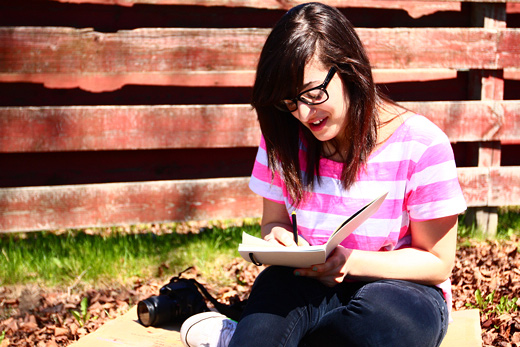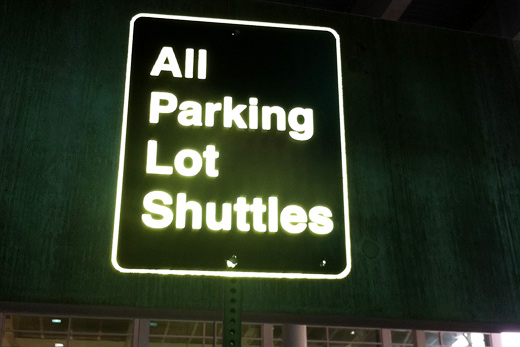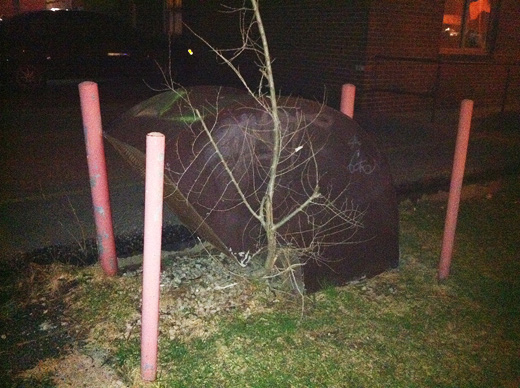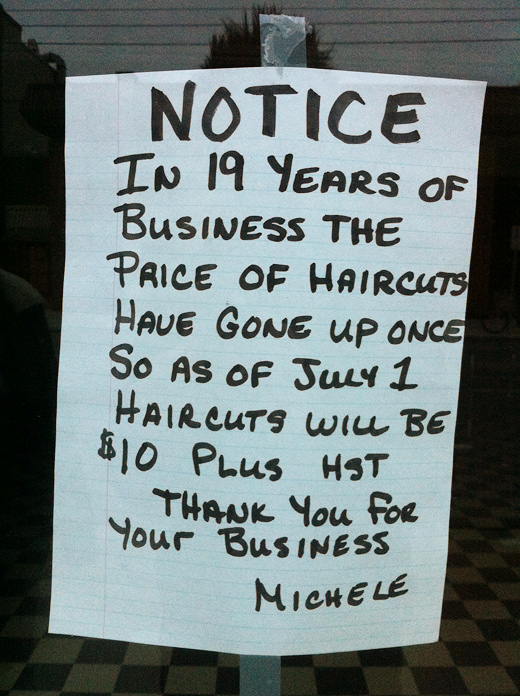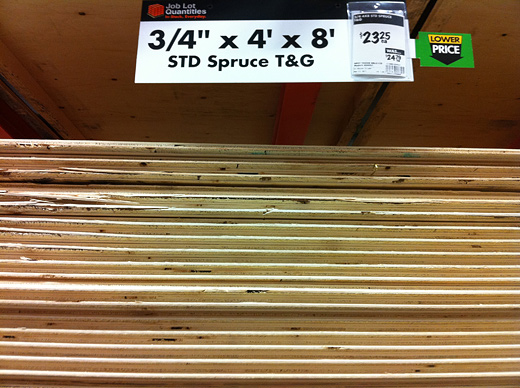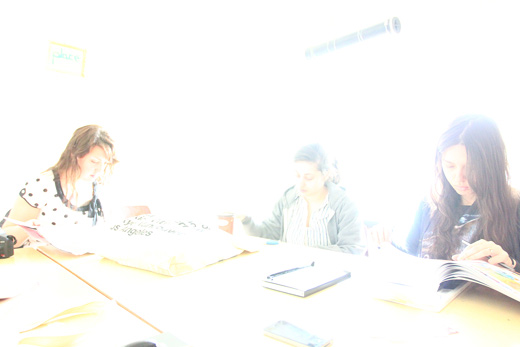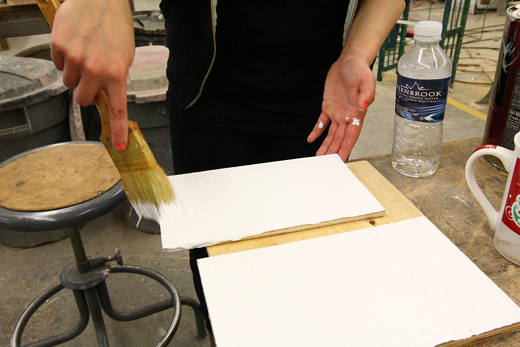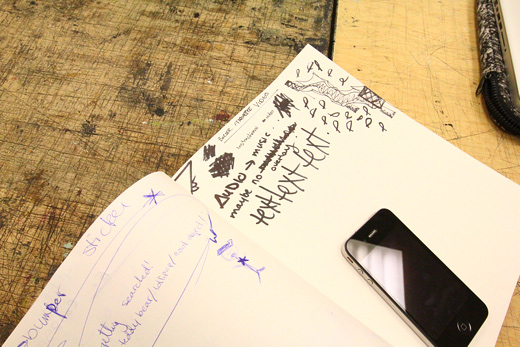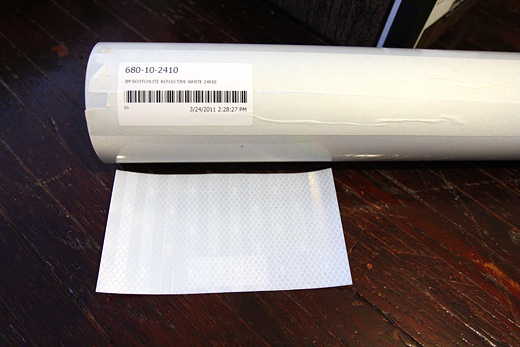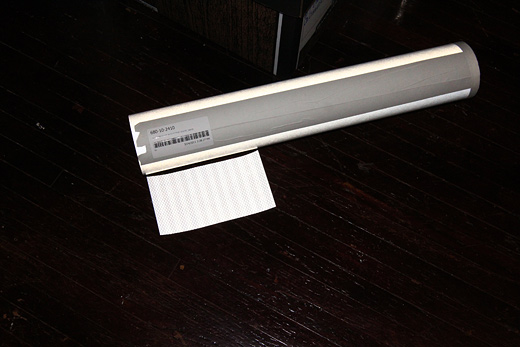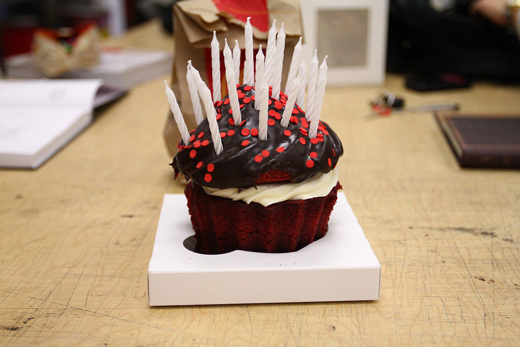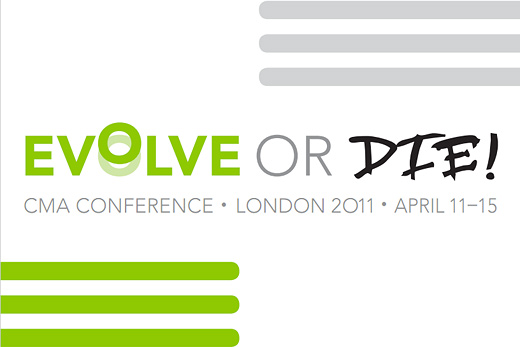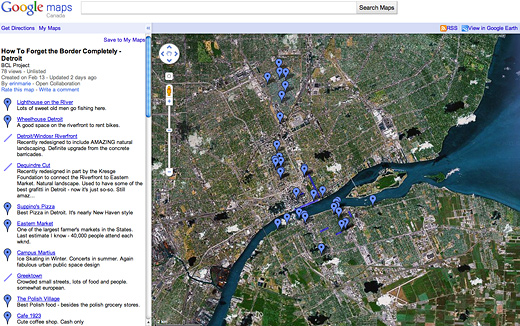We met twice on Thursday, and those meetings were after Michelle and I headed over to SB Contemporary Art to finally check out “On Your Mark” (a great exhibition featuring work by many of our friends) and talk about how we could partner in some way on Homework: Infrastructures & Collaboration in Social Practices.
Back at the Ecohouse to try to get the plan together to work on a video we’ve been tossing around for a while — final decisions have been elusive, so we put it on hold for now. Instead, we headed out to the front lawn and reminded ourselves of the what we can do with How to Forget the Border Completely.
Executing these projects is just a matter of carving out a day … we spend time planning, testing, experimenting, brainstorming because we know we’re more curious together and our collective curiosity is the driver for every one of these projects. It’s not about the solutions, it’s about the questions.
Continue reading “BCL Report: May 5, 2011 (Big Books & Small Letters)”
